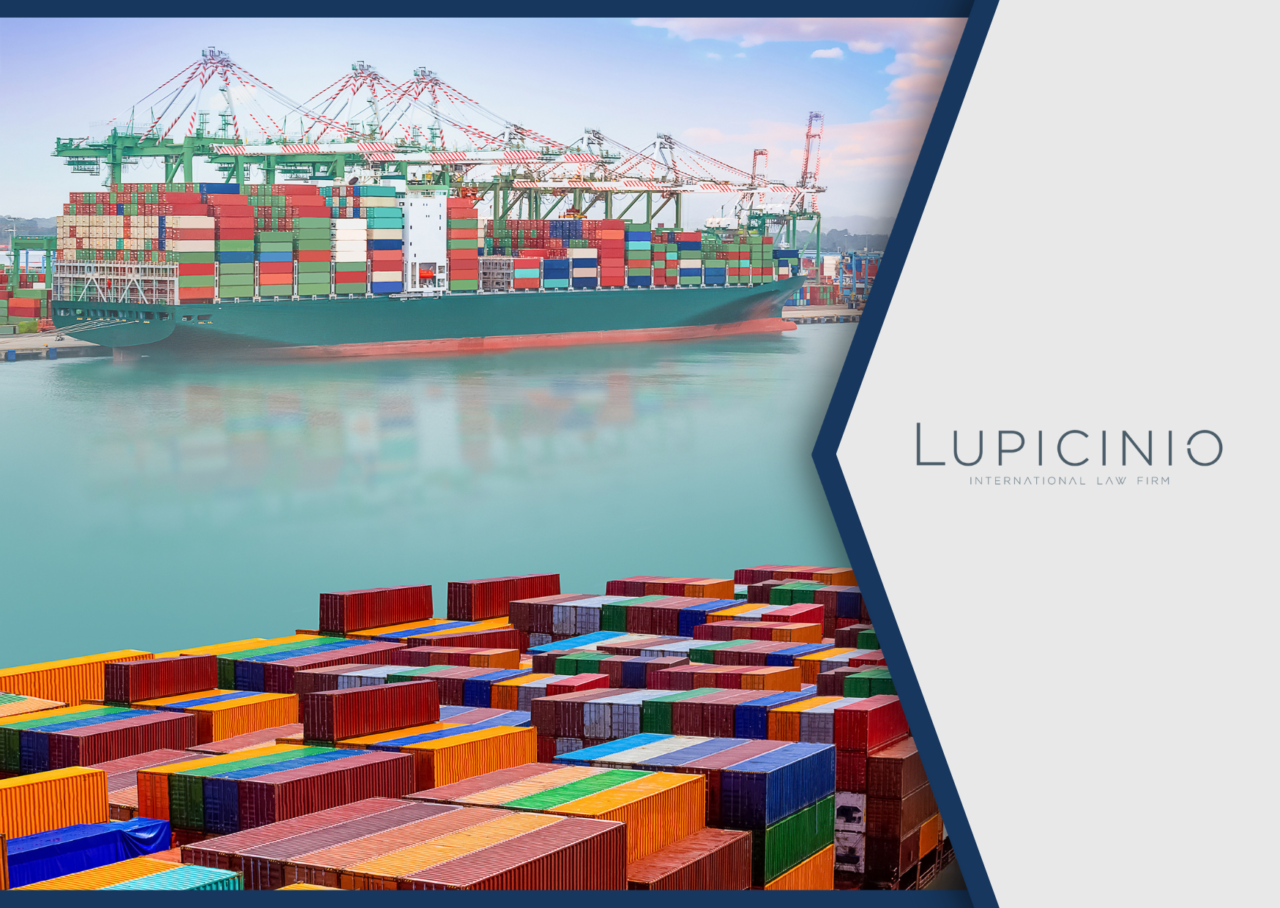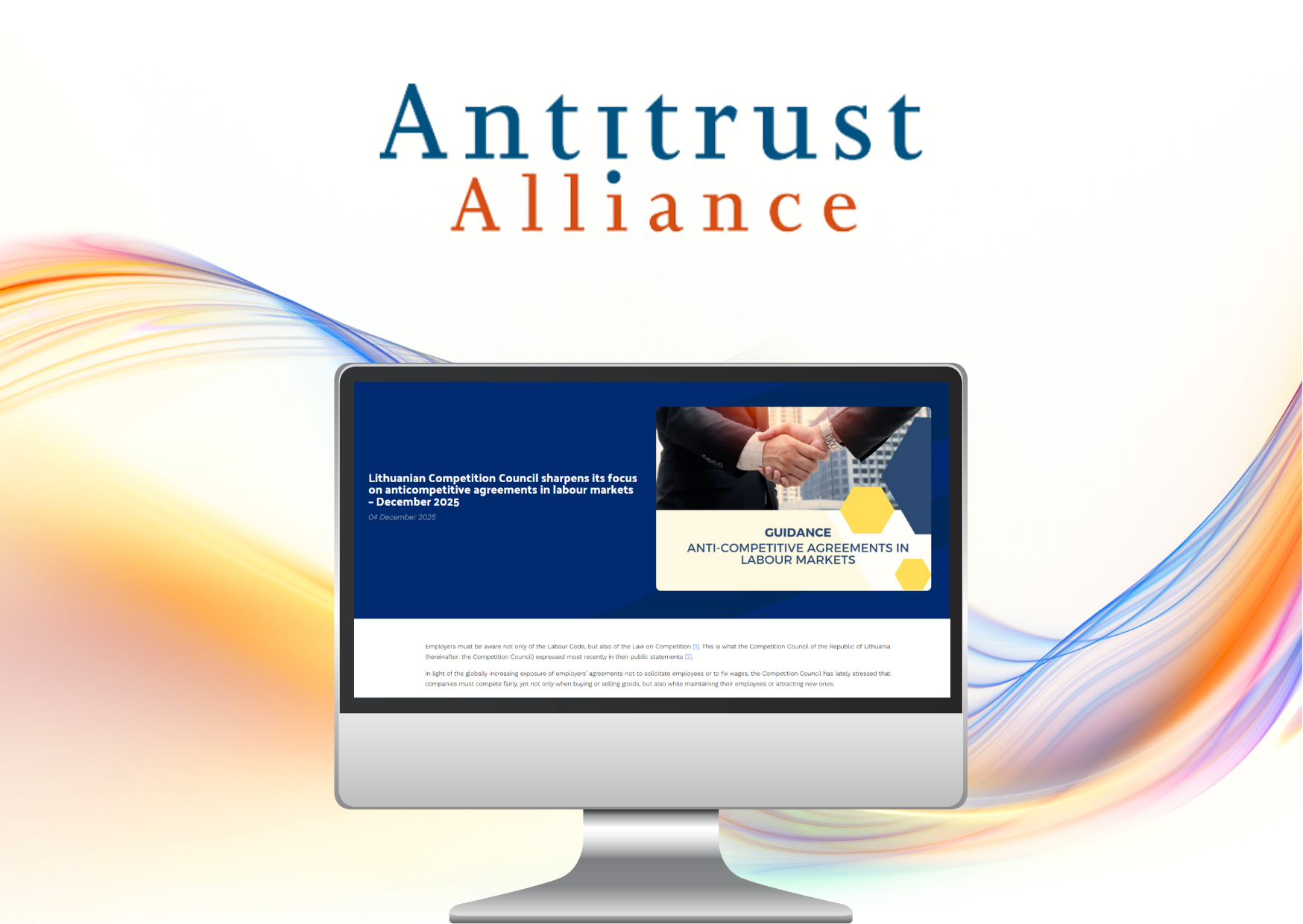1 September
Oil, on the verge of breaking a two-week negative streak on supply shortages
Markets have positively responded to the news of the reduction in oil supply, and they expect OPEP+ group to reduce its production.
Saudi Arabia has joined to this reduction after announcing that they will reduce production by a million barrels per day. Russia, the world’s second largest exporter, has agreed with OPEP+ to reduce its exports.
Last week, the United States experienced a reduction of 10,6 million barrels per day. That is an interesting fact, as markets often take US crude inventories as a proxy for the balance between global production and consumption.
Another factor that has contributed to the surge in crude-oil price is the weakening of the dollar, which ends its six-week rising streak.
Finally, the increased factories activity in China, world’s second largest oil consumer, has contributed to the rise of oil prices.
3 September
Dollar remains stable as traders believe the Fed will stop rate increase
In view of the cooling of the US labour market and expectations of and end to the rate increase, the dollar has started the week in a stable way.
Employments grew, but unemployment rate rose by 3.8%. In addition, 110.000 fewer jobs were created during June and July.
According to CMEs FedWatch tool, markets are pricing in a 93% the chance that the Fed will hold interest rates this month, and a more than 60% the probability that there will be no further rises this year.
Inflation moderation and the situation of the global market suggest that the American economy is cooling, but, fortunately, gently. However, Citi analysts consider that the cooling will be abrupt because the rigidity inflation and wages will lead to a rate increase and a more substantial slowdown in the economy.
Investors await the Fed monetary policy meeting, which will take place from 19 September to 20 September.
11 September
New York Fed survey shows how the fear of access to credit has reached its highest level in more than a decade
In an environment with high interest rates and tough banking conditions, the American consumer fears their chance of accessing credit. Sixty percent of the people surveyed state that the possibility to borrow money, mortgages or credit cards is tougher than it was years ago.
The difficulty of access to credit cards has coincided with the Fed´s first rate increase. It should be recalled that there have been eleven interest rate hikes until reaching 5.25%.
Against this background, people surveyed expect inflation to rise by only 0.1% per month over the next 5 years. However, the inflation expectation for commodities is completely different. It is expected to increase by 0.4% per month for gas, 0.8% for healthcare, 0.1% for food, and 0.2% for education and housing.
Finally, the survey also shows their fear to lose their jobs. Specifically, the average expectation to be unemployed has increased by 2% since 2021, to 13.8%.
14 September
Output inflation rises by 0.7% more than expected while core inflation remains subdued
In August, wholesale inflation in the US surprised after rising more than expected, which counteracted the recent signs of moderation in prices. The producer price index (PPI) increased by a seasonally adjusted 0.7% and by 1.6% year on year, exceeding estimates. This rise was largely due to a sharp increase in energy prices, with the PPI energy index rising by 10.5% this month. Excluding food and energy, the underlying PPI rose by 0.2% and by 2.1% in annual terms, which is its lowest annual level since January 2021.
Despite this information, retail sales also rose more than expected in August, which means that consumers continue to spend despite inflation. However, these figures are not adjusted for inflation, and retail sales in real terms remained flat this month. Sales were up 2.5% than it was a year ago, but this was less than the annual Consumer Price Index (CPI) inflation rate of 3.7%.
Overall, despite inflation remains an on-going concern for the Americans, it seems that the rate of increase has slowed in recent months. This could influence the policy of the Federal Reserve, that is considering increasing the interest rates, although markets indicate a relatively low probability of this happening in the near term.
22 September
Guindos says keeping rates high for a “sufficiently long” time will help bring inflation down
The Vice president of the European Central Bank (ECB), Luis de Guindos, has stressed that keeping high interest rates during a long time could make a significant contribution to achieving the goal of returning the inflation to 2%. He stated that the central banks are focused now on the duration of interest rates because of the typical slowdowns in the effects of monetary policy, that can take 12 or 14 months to materialise.
De Guindos pointed out that although the rate increase has already had a rapid impact on financing conditions for households and firms, is has yet to be passed on the prices. The estimated inflation for 2023 stands at 5.6%, with prospects for moderation to 3.2% and 2.1% in 2024 and 2025, respectively. This is due factors, such as oil price, euro depreciation and labour costs.
The European banking sector has improved its profitability, with a significant higher level of capital and liquidity than before the pandemic. However, De Guindos underscored that the risks come from the commercial real state sector due to investment funds high-risk assets and high leverage. Despite the strength of the banking sector, prudence should be maintained in distribution of dividends and share repurchases.
De Guindos also mentioned the economic slowdown and high inflation affecting consumption and productivity. He warned that risks to growth are tilted to the downside and that uncertainty is high. He also stressed the importance of updating public debt objectives and pointed out that expansionary fiscal policy could clash with restrictive monetary policy.
25 September
China-EU relationship stands at a crossroads, according to a senior official in Beijing
At a crucial moment for relations between China and the European Union (EU), EU chief of trade, Valdis Dombrovskis, has called on China for more openness and fairness in trade. Dombrovskis warned that they are at a crossroads and can choose between mutually beneficial relations based on fair trade and investment, or a path that would drive both sides apart and undermine economic opportunities.
Data revealed that the EU had a trade deficit of almost €400 billion with China in 2022, despite bilateral trade reaching a record of €865 billion. This trade imbalance has prompted the EU to open an investigation into Chinese subsidies to electric car manufacturers, arguing that they distort the European market.
Dombrovskis has clarified that the EU seeks to create fairer trade practices but does not plan to serve the links with China. The EU is focusing on reducing risks in areas, such as the electric vehicle sector, where the market share of Chinese vehicles in Europe is increasing. But the EU insists that its goal is not total disengagement from China, but a reduction of strategic risks.
Despite these trade tensions, China and the EU have deep economic interdependencies, and both sides have an interest in resolving problems before punitive tariffs are imposed. In summary, Dombrovskis’ statements reflect an attempt by the EU to balance its trade relations with China and advocate fairer practices amid growing economic and trade challenges.
******
More information:
Lupicinio International Law Firm
C/ Villanueva 29
28001 Madrid
P: +34 91 436 00 90
info@lupicinio.com







